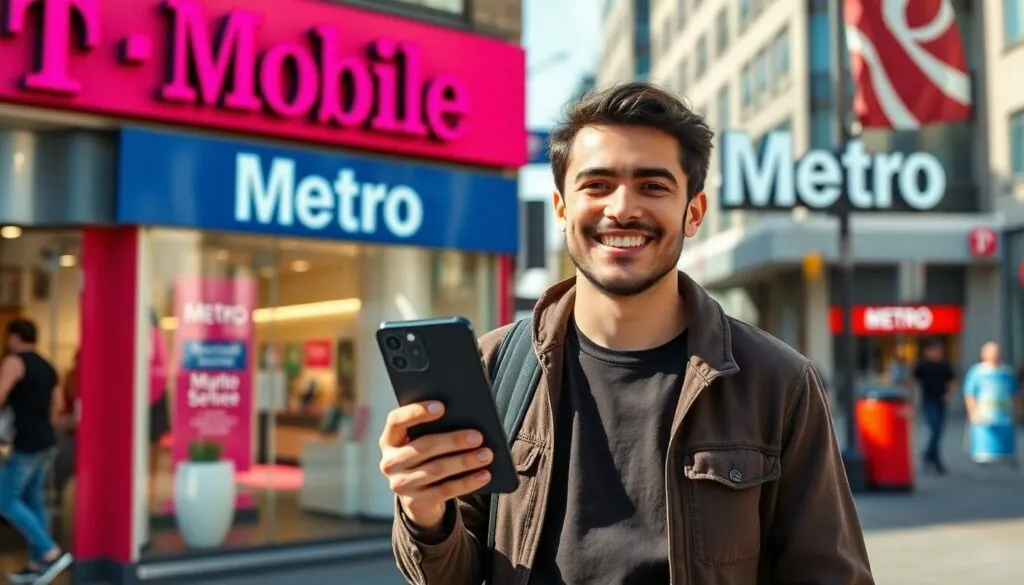Table of Contents
ToggleIn a world where attention spans are shorter than a goldfish’s memory, mobile landing pages are the superheroes of online marketing. They swoop in to save the day, converting casual browsers into eager customers faster than you can say “buy now.” With more people glued to their smartphones than ever, having a killer mobile landing page is no longer a luxury—it’s a necessity.
Imagine a sleek, user-friendly design that grabs attention and leads visitors straight to the action. It’s like rolling out the red carpet for your audience, making them feel special and ready to engage. Whether it’s for a product launch or a special promotion, a well-crafted mobile landing page can be the difference between a missed opportunity and a ringing cash register. So, buckle up as we dive into the essentials of creating a mobile landing page that not only looks great but also performs like a charm.
What Is a Mobile Landing Page?
A mobile landing page is a dedicated webpage designed specifically for users accessing it through smartphones or tablets. This type of landing page optimizes the experience for mobile users, ensuring quick load times and easy navigation. Clear calls to action and concise content enhance engagement, helping convert casual browsers into paying customers.
Functionality plays a critical role in mobile landing pages. Users expect seamless interactions, from filling out forms to clicking buttons. A well-designed mobile landing page simplifies these tasks, reducing friction and encouraging visitors to take desired actions.
Visual appeal also impacts user experience. High-quality images and clean layouts attract attention and support messaging. Minimizing clutter maintains focus on essential information, which increases the likelihood of conversion.
Analytics tools measure the performance of mobile landing pages. These insights help marketers understand visitor behavior and identify areas for improvement. By analyzing metrics, adjustments can be made to optimize user engagement and boost conversion rates.
Mobile landing pages prioritize user experience and effective communication. Businesses that invest in creating optimized landing pages benefit from increased engagement and higher conversion rates. This strategy proves essential in maximizing the return on investment for mobile marketing efforts.
Importance of Mobile Landing Pages

Mobile landing pages are critical for enhancing user experiences and boosting conversion rates. As businesses focus on attracting mobile users, optimizing these pages becomes essential.
User Experience
User experience determines how easily visitors interact with mobile landing pages. Fast load times matter; pages that load in under three seconds retain 53% of mobile users. Simple navigation supports effortless exploration; clear sections guide visitors toward actions. A visually appealing design enhances engagement by capturing attention. Consistent branding reassures users and builds trust. Content also influences experiences; concise, relevant information leads to quicker decisions. Creating forms that require minimal input reduces friction, making it easier for users to convert. Engaging multimedia elements, like videos or images, keep visitors interested while avoiding clutter. Prioritizing user experience results in longer visits and more meaningful interactions.
Conversion Rates
Conversion rates reflect the effectiveness of mobile landing pages in turning visitors into customers. Targeted calls to action significantly increase the likelihood of conversions; 47% of marketers believe a clear CTA improves response rates. Optimizing for mobile ensures users complete desired actions seamlessly, which is vital for achieving goals. A/B testing different page layouts helps identify what engages users best. High-quality visuals elevate the appeal of products or services, encouraging purchases. Mobile landing pages that align with marketing strategies drive more conversions, increasing ROI. Businesses that focus on effective design and persuasive content enjoy higher conversion rates and overall success.
Best Practices for Designing Mobile Landing Pages
Mobile landing pages require careful design to ensure their effectiveness. Following best practices can significantly enhance user experience and boost conversion rates.
Optimize for Speed
Page load speed holds immense importance. Studies show that 53% of mobile users abandon pages that take longer than three seconds to load. Every second counts, with each delay increasing the likelihood of user drop-off. Compressing images, minimizing code, and utilizing browser caching reduce loading times. Implementing these strategies keeps users engaged and encourages them to explore the content further. Fast-loading pages create a seamless experience, enhancing overall visitor satisfaction.
Clear Call-to-Action
Clear calls to action drive user engagement. Well-placed buttons or links alert users to take the next step, whether it’s making a purchase or signing up for a newsletter. Using action-oriented language increases conversions effectively. Examples like “Get Started” or “Sign Up Now” provide direct, actionable instructions. Visibility plays a crucial role; calls to action should stand out against the background and remain accessible without excessive scrolling. A straightforward approach ensures users understand what to do when they reach the landing page.
Responsive Design
Responsive design maximizes accessibility across devices. Mobile users visit in various scenarios, from commuting to relaxing at home. Adapting layouts to different screen sizes ensures a consistent experience. Utilizing flexible grids, images, and CSS media queries creates fluid layouts that adjust as needed. Prioritizing usability keeps interaction intuitive, regardless of device. Mobile users appreciate designs that allow easy navigation and quick access to key information. Ultimately, responsive design enhances overall satisfaction and encourages a longer on-site duration.
Common Mistakes to Avoid
Failing to optimize for mobile devices leads to poor experiences for users. Mobile landing pages must load quickly; pages taking longer than three seconds result in 53% of users abandoning the site. Ignoring this can significantly reduce visitor retention.
Not using clear calls to action hampers the effectiveness of a landing page. Action-oriented language is crucial for guiding users toward desired actions. Ensuring these prompts stand out visually enhances engagement.
Providing overwhelming content instead of concise information detracts from user focus. Users prefer short paragraphs and bullet points over long text blocks. Prioritizing essential information helps visitors understand the main message without distraction.
Neglecting the importance of visuals creates a dull user experience. High-quality images effectively attract attention and support product appeal. A clean layout significantly reduces clutter, allowing key information to shine.
Overcomplicating navigation frustrates users and increases bounce rates. Simplicity and clarity must define the user journey. Intuitive navigation fosters seamless interactions, encouraging users to explore the site further.
Skipping thorough A/B testing can lead to missed opportunities for improvement. Experimenting with different layouts assists in identifying the most engaging designs. Tracking user behavior provides invaluable insights on what resonates best with visitors.
Lastly, failing to implement analytics tools means missing critical performance data. Monitoring metrics like conversion rates and user engagement helps pinpoint areas for enhancement. Businesses unable to measure success limit their potential for growth and optimization.
Tools for Creating Mobile Landing Pages
Numerous tools streamline the process of creating mobile landing pages. Platforms like Unbounce and Instapage feature drag-and-drop functionality that simplifies design. Both tools provide templates optimized for mobile devices, allowing for quick customization.
Additionally, Leadpages offers various tools tailored to different marketing needs. It allows users to create pop-ups, alert bars, and landing pages that work seamlessly on mobile. Responsive design elements are crucial for maintaining visual appeal across devices.
A/B testing tools help refine page effectiveness. Optimizely provides robust options for testing different layouts and content, helping marketers identify the most engaging versions. Analytics tools such as Google Analytics track user behavior, revealing key insights into how visitors interact with landing pages.
For those focused on content creation, tools like Canva enable users to design high-quality visuals that captivate audiences. Creatives can easily develop eye-catching images and infographics that enhance the overall aesthetic of mobile landing pages.
Furthermore, a customer relationship management tool like HubSpot connects landing page data with broader marketing efforts. It allows for the tracking of leads generated through mobile pages, providing actionable data on conversion rates.
Finally, builders like WordPress offer plugins that facilitate mobile optimization. The combination of SEO-friendly layouts and mobile responsiveness enhances visibility in search engines. Each tool plays a significant role in developing effective mobile landing pages that meet marketing goals and drive customer engagement.
Investing in mobile landing pages is crucial for businesses aiming to thrive in a mobile-first world. These pages not only enhance user experience but also significantly boost conversion rates. By focusing on design simplicity and functionality, brands can create engaging experiences that resonate with visitors.
Utilizing the right tools and analytics can streamline the optimization process, ensuring that landing pages meet evolving user expectations. As mobile technology continues to advance, staying ahead with effective landing pages will be key to capturing and retaining customers. Prioritizing these elements leads to a stronger online presence and improved marketing outcomes.




